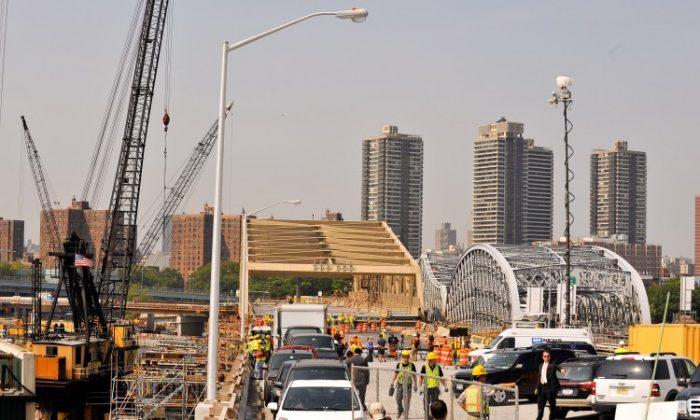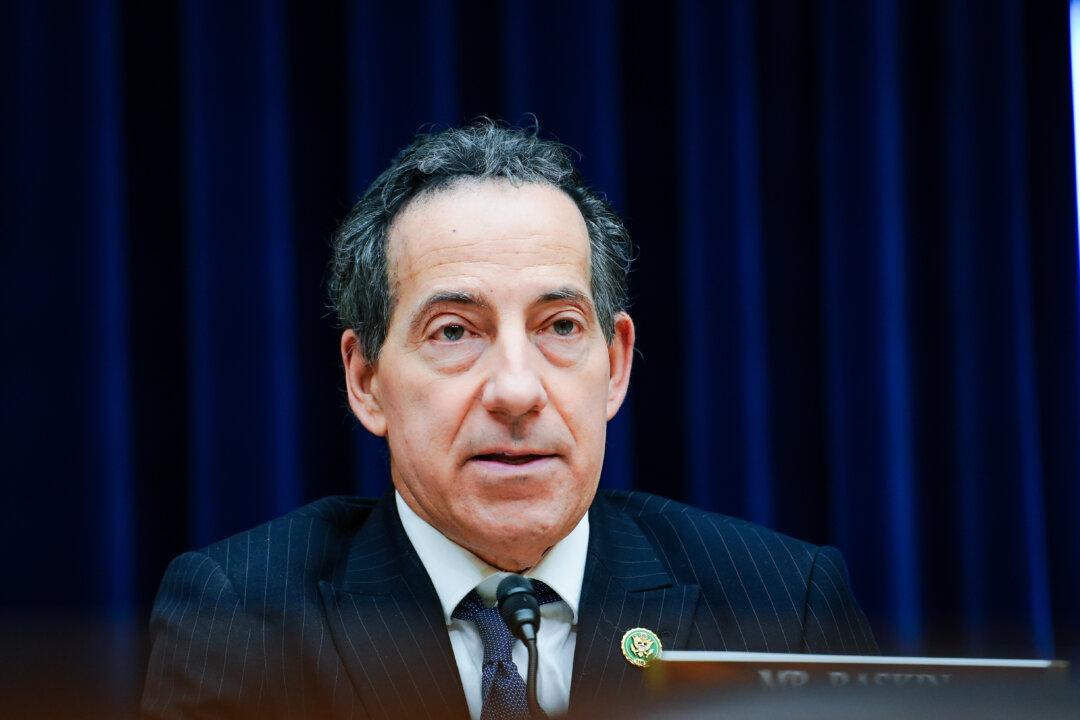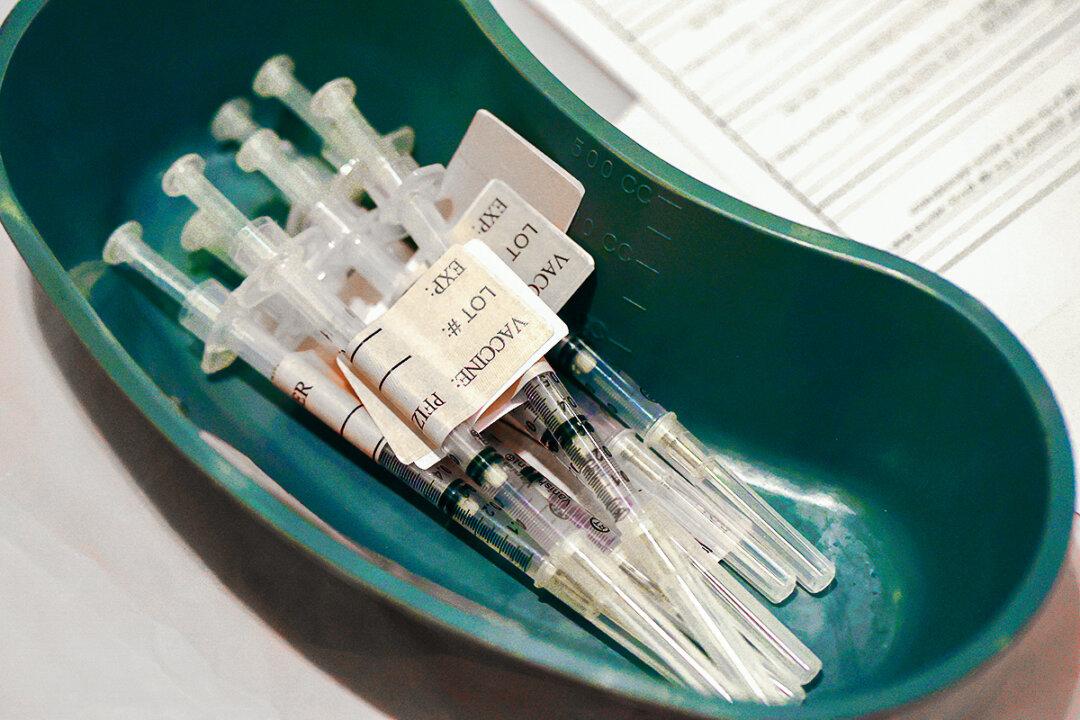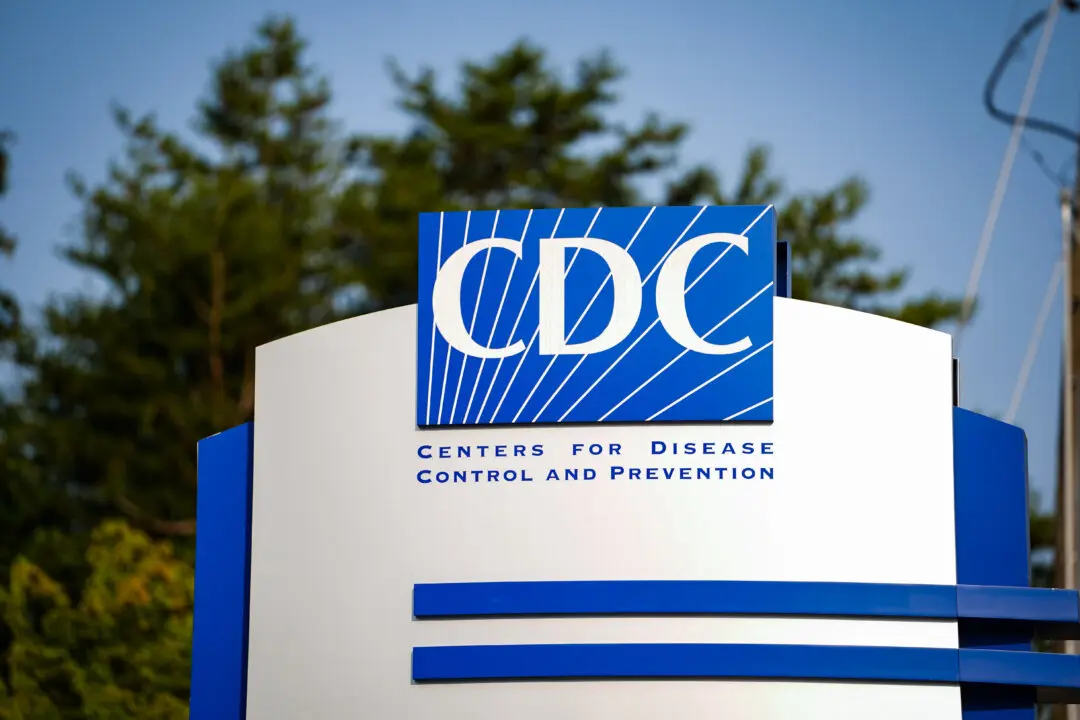NEW YORK—Billions of dollars are needed to upgrade the city’s aging infrastructure including its bridges, roads, and airports.
Infrastructure encompasses a broad range of things including transportation, technology, and education. “I see infrastructure as a way to free up the $9 billion that we spend sitting in our car [and] the almost $13 billion a year that is spent through the inefficient air traffic system we have,” said former Port Authority Executive Director Chris Ward on Nov. 16.
Estimates on population growth in the United States coincide with a “$25 trillion construction boom to replace aging structures of all types to build massively needed new roads, bridges, airports, and the like,” said Ward.
He spoke during a panel discussion titled New York: Who’s Driving This Train? at Columbia University, along with lawyer Barry LePatner and Noah Budnick, deputy director of Transportation Alternatives.
States are given billions of dollars for transportation funding used for projects including bridge repair, said LePatner.
Yet, the money is typically used for new projects. Thousands of bridges haven’t received maintenance for decades and are fracture critical, meaning if one piece of the bridge fails the entire bridge collapses. The Tappan Zee Bridge, spanning the Hudson River, is among them.
“We are now at that crossroad,” said LePatner. “Where the engineers will tell you we cannot ignore it any longer.”
The attitude in Washington is one that views all spending equally, without acknowledging the returns of infrastructure investment, including the space program, the interstate highway system, and the Internet, said Seth Pinksky, president of the New York City Economic Development Council, who was the fourth panelist.
“The technologies that have really created the modern world came out of those investments,” said Pinsky, adding that not spending on maintenance is putting a burden on future generations.
Pinsky highlighted two problems, stating there is a national mindset that it’s possible to get something for nothing, and there is a lack of federal support for New York, despite the city’s infrastructure generating returns for the whole nation.
“We are one of the great economic engines of the entire nation,” said Pinsky, adding that without help from the federal government in maintaining the city’s infrastructure, “we’re going to be at best treading water.”








Friends Read Free